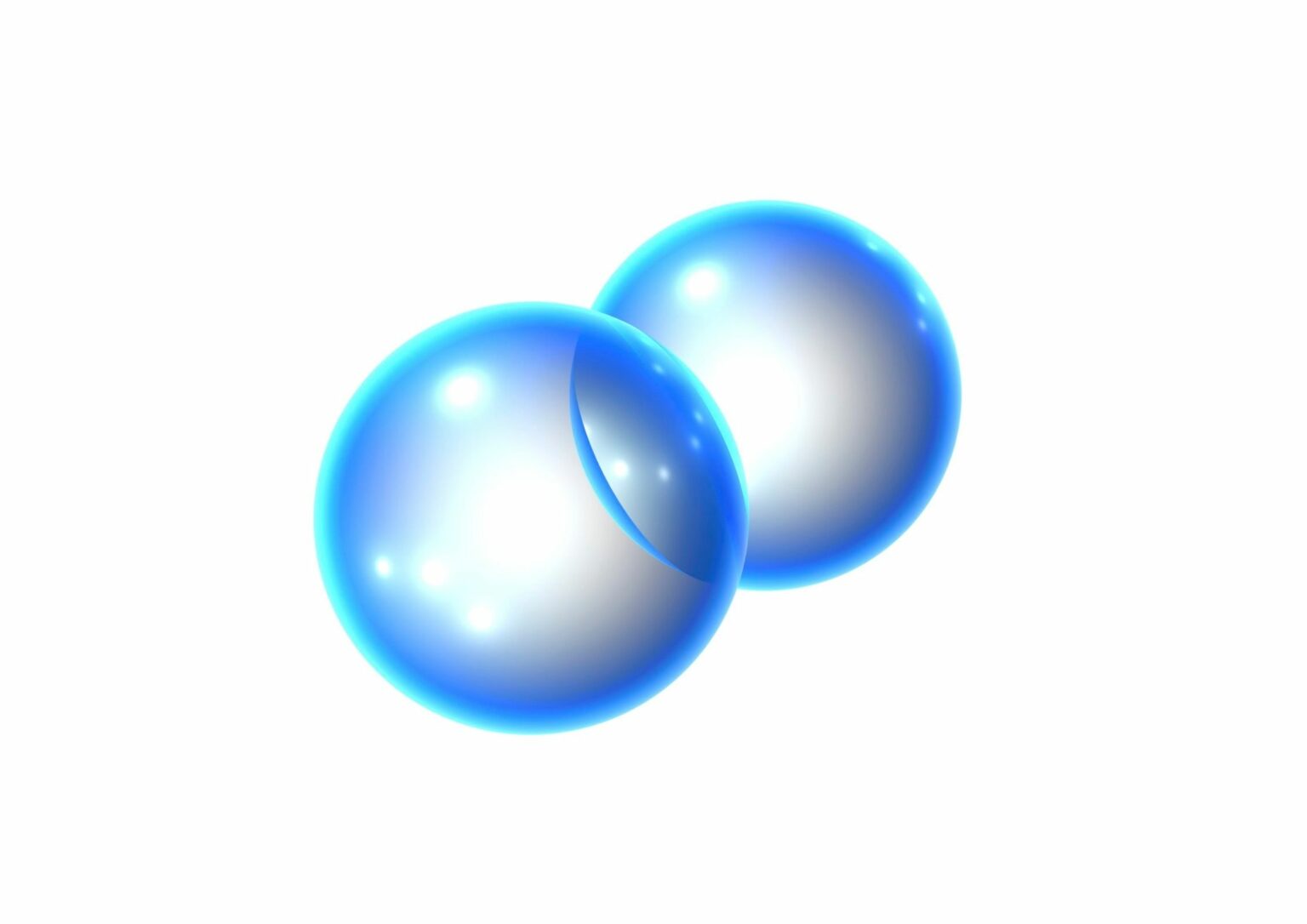Researchers have conducted an experimental study to examine how various environmental factors affect the performance of ammonia-hydrogen fuel cells (AHFCs).
These fuel cells, crucial for energy applications, can have their output and efficiency disrupted by environmental conditions. This study utilized a sophisticated orthogonal experimental design to simulate real-world scenarios and measure the effects of factors such as air temperature, humidity, air pollution, oxygen concentration, and exhaust back pressure.
The research highlighted that AHFCs’ performance could severely degrade under certain environmental conditions. For instance, a decrease in relative humidity from 100% to 20% and high levels of air pollution can lead to a significant reduction in maximum output power, by 72% and 66.7% respectively. Unlike previous assumptions that a single environmental factor could dominate the performance of fuel cells, this study concluded that degradation and reversibility are influenced by multiple interacting factors.
Environmental Impact on Degradation and Reversibility
The CatBoost algorithm was utilized to identify the weight of each environmental factor on the degradation and reversibility of AHFCs. Air pollution level and humidity were the leading causes of degradation, contributing 32.8% and 29.2% respectively. Interestingly, while these two factors had substantial effects, other factors such as oxygen concentration, temperature, and pressure had a lesser influence, in descending order. For the reversibility of the fuel cells’ performance after environmental stress, air pollution and humidity were again significant, but humidity held a higher weight of 30.9% compared to air pollution’s 10.3%.
Experimental Approach and Relevance
The study’s novel approach involved replicating various environmental conditions to closely observe their impact on AHFCs. The baseline conditions were set with 100% humidity and optimal air quality, among other ideal parameters, to assess changes individually as each factor was altered.
This research is particularly pertinent given the diverse environmental conditions in regions like China, where east-west longitudes and north-south latitudes vary widely, alongside altitude differences. The findings stress the importance of understanding these interactions for practical applications of AHFCs, making it possible to better predict and manage fuel cell performance in varied working environments.
